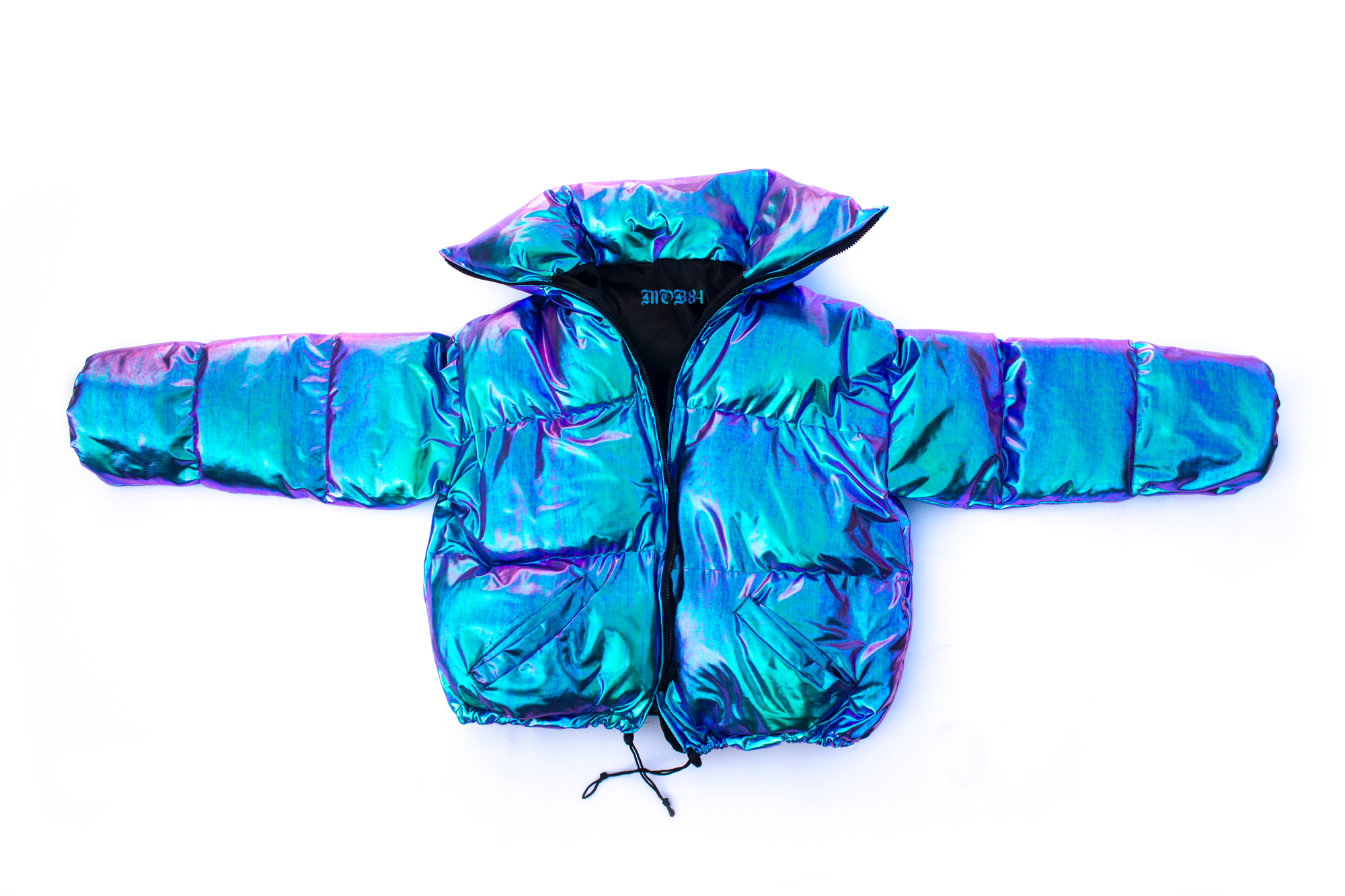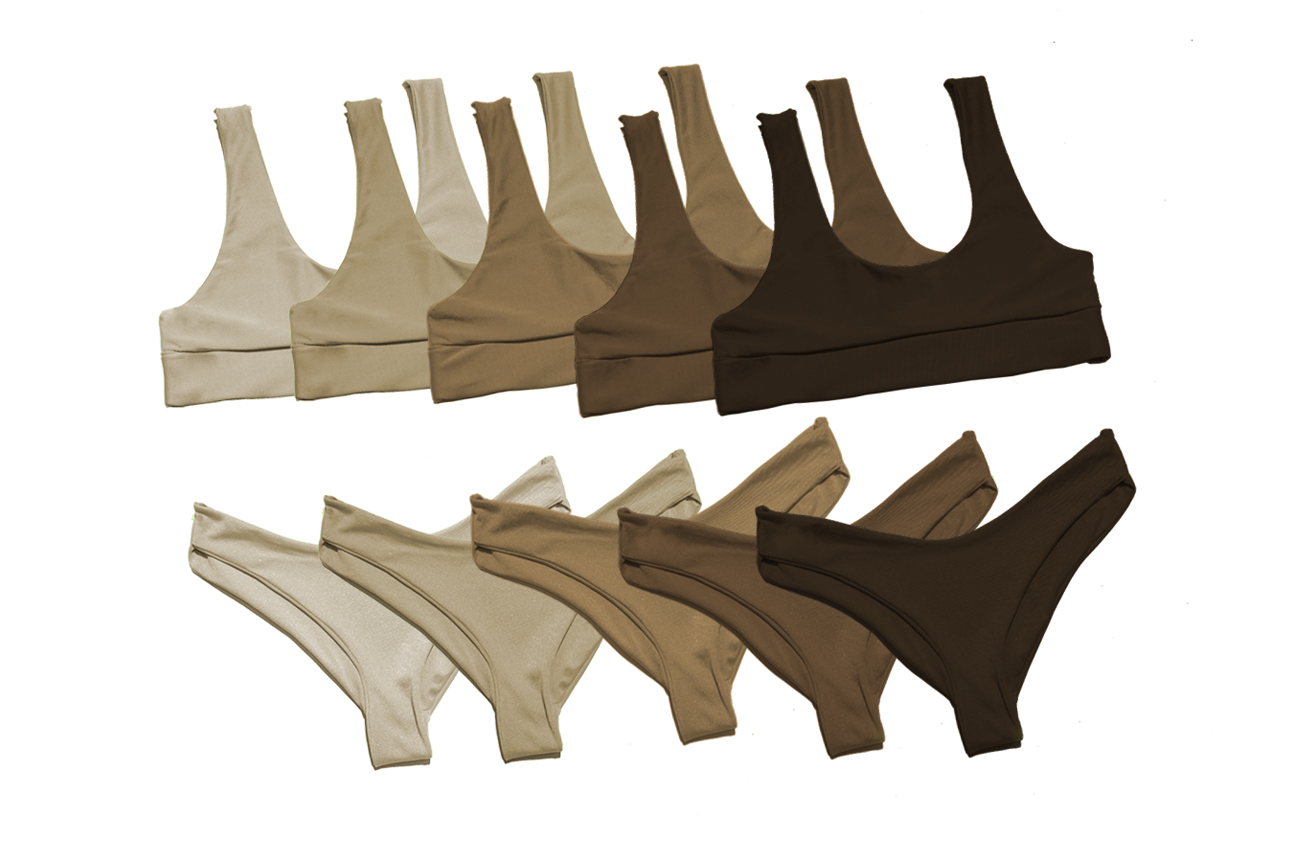Your cart is currently empty!
Space wear: Bubble Jackets Made by Odessa
Scored a really nice color shifting fabric from a client ended up making a jacket & it came out so much better than I thought it would! It’s my first time making a puff jacket & it’s giving me that 90’s puff daddy, shiny man suit vibe. I’m looking for more of the fabric but so far have had zero luck finding the exact fabric. It’s not foiled dot spandex, its a solid foil and a really good quality. I do however think the foil will wear off after some wear, so this is more of a special occasions jacket than it would be an everyday one. As soon as I find more of this I might do a small run of coats I’ve gotten a lot of request since posting it on my IG story.







